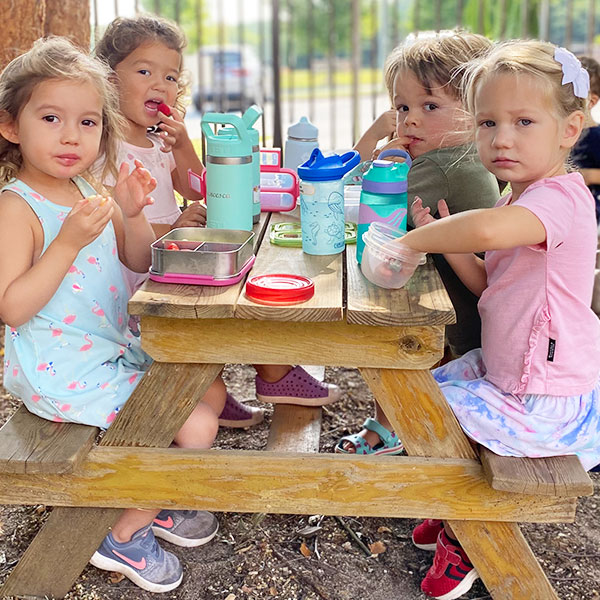Common Questions on Montessori Education
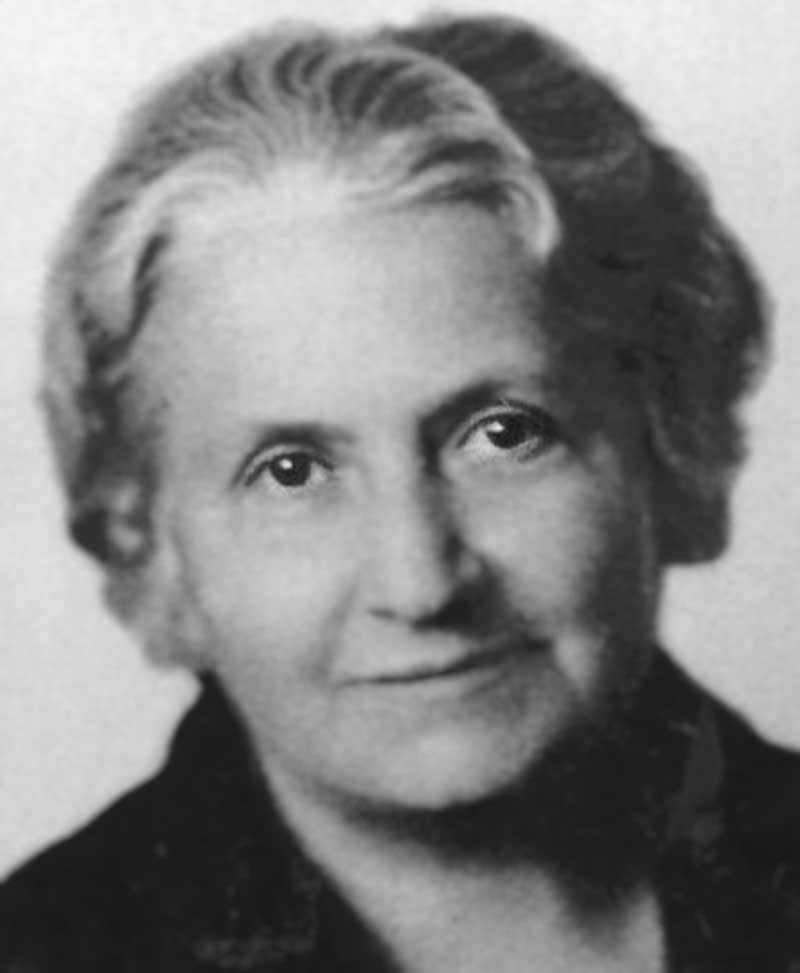
1. What is the Montessori Method?
Montessori is a philosophy named after its creator, Dr. Maria Montessori, with the fundamental tenet that a child learns best within a social environment that supports each individual’s unique development. What are the premises of the Montessori Education?
- Children are to be respected as different from adults and as individuals who are different from one another.
- Children create themselves through purposeful activity.
- The most important years for learning are from birth to age six.
- Children possess unusual sensitivity and mental powers for absorbing and learning from their environment, which includes people as well as materials.
2. What makes the Montessori Education unique?
The “whole” child approach. The primary goal of a Montessori program is to help each child reach full potential in all areas of life. Activities promote the development of social skill, emotional growth, and physical coordination as well as cognitive preparation. The holistic curriculum, under the direction of a specially prepared teacher, allows the child to experience the joy of learning, time to enjoy the process, and insure the development of self-esteem, and provides the experience from which children create their knowledge.
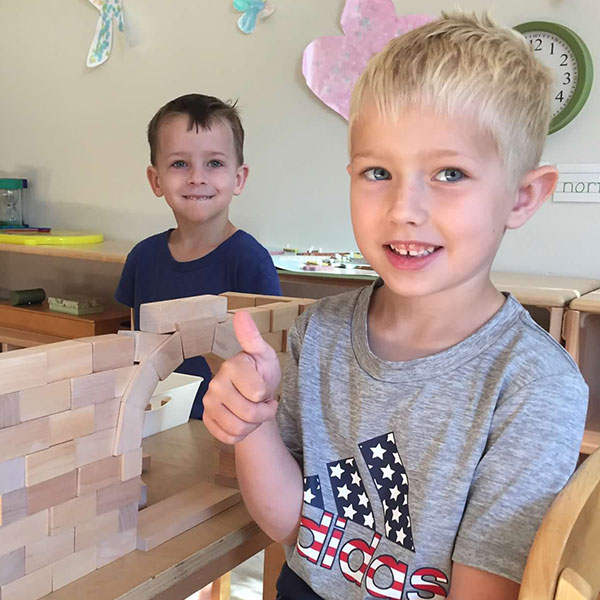
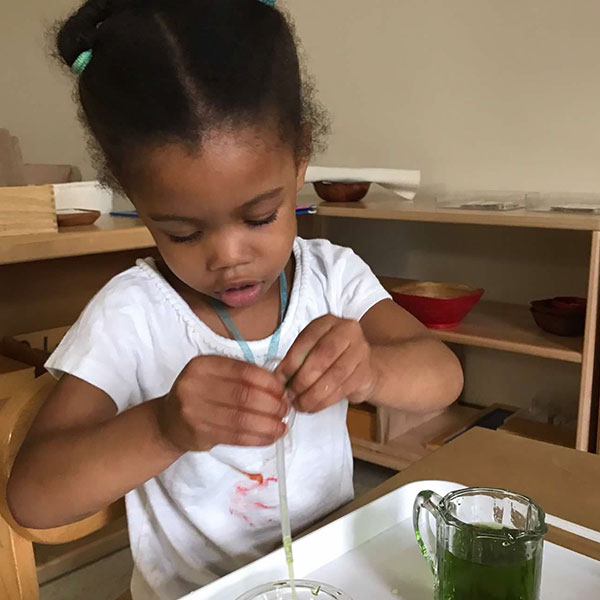
3. How does it work?
Each Montessori class operates on the principle of freedom within limits. Every program has its set of ground rules which differs from age to age, but is always based on core Montessori beliefs; respect for each other and for the environment.
Children are free to work at their own pace with materials they have chosen, either alone or with others. The teacher relies on her observations of the children to determine which new activities and materials she may introduce to an individual child or to a small or large group. The aim is to encourage active, learning and self directed to strike a balance of individual mastery with small group collaboration within the whole group community.
4. Why do the classrooms consist of children of three-year age span?
The three-year age span in each class provides a grouping where family like learning can take place naturally. More experienced children spontaneously share what they learned while reinforcing their own learning. Because this peer group learning is intrinsic to Montessori, there is often more conversation-conversation language in the Montessori classroom than in conventional early education settings.
Montessori believed learning should occur in multi-age classrooms where children at various stages of development learn from and with each other. Her developmentally appropriate approach was designed to fit each child instead of making each child fit the program.
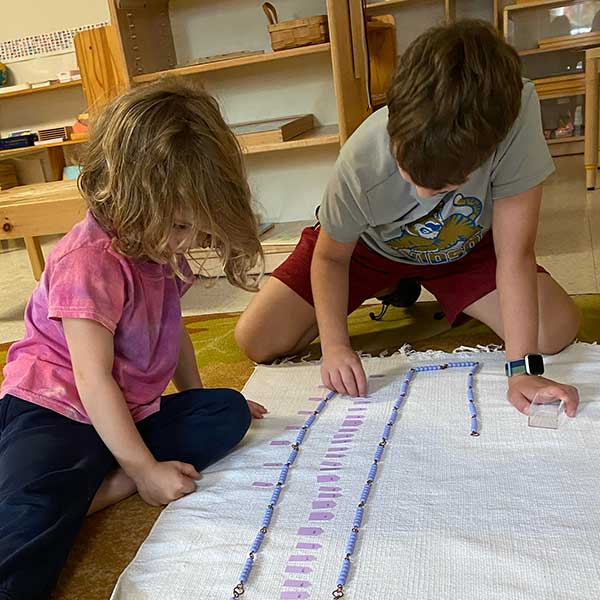
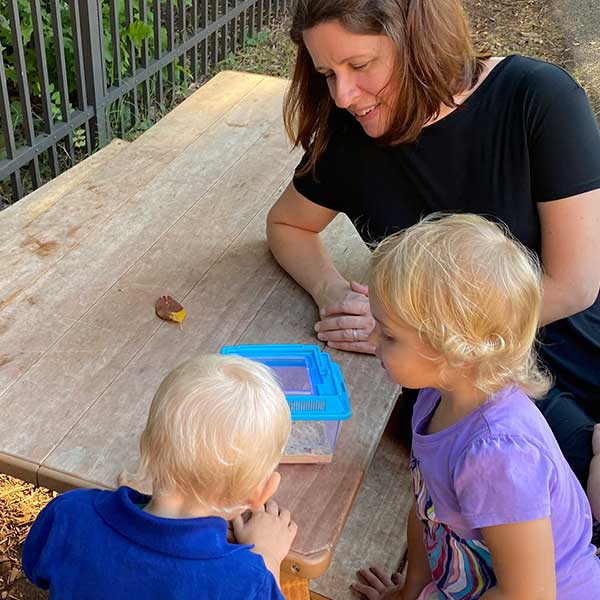
5. Why is the student/teacher ratio different than in a traditional classroom?
The ideal size is one teacher and one assistant per 25-30 in the primary. This model is highly successful and allows for the greatest intellectual, personal, and social development of each child for several reasons. Learning has energy in a large Montessori classroom because the children are excited and stimulated by the many projects they can observe.
This environment fosters independence and interdependence among the children. The children gain immense skills and tools through the continuous interaction with the many different types of social situations and the mixed age group that occur in this dynamic classroom community. An older child helping a younger one is a hallmark of Montessori classrooms.
A large classroom offers all the learning benefits of a small traditional classroom plus many more intellectual, personal, and social opportunities.
One of the most important aspects of the Montessori “Children’s House” is its carefully planned arrangement, which allows children to function independently with minimal adult help. In what Maria Montessori called “the prepared environment,” even a very young child can take charge of his own learning. This directly impacts their confidence and independence.
6. What is the level of structure, supervision and responsibility in a Montessori classroom?
A Montessori classroom is comprised of a group of children with an age span covering 3 years. There is a wide range of activities available to children at all age and maturity levels which reinforce and make possible the Montessori ideas of individualized work, progress and independence. The combination of different age levels allows the children the opportunity to learn from each other and permits the older children to reinforce their knowledge by sharing their skills with the younger, less advanced children.
Montessori is based on the principle of free choice of purposeful activity. Although the teacher is careful to make clear the specific purpose of each material and to present activities in a clear, step-by-step order, the child is free to choose from a vast array of activities and to discover new possibilities. Each activity a child is participating in serves as a learning tool. If the child is using materials in an aimless way, the teacher will intervene and gently redirect the child either to more appropriate materials or to a more appropriate use of the material. Central to the Montessori philosophy is the idea of allowing each child to develop at his or her own, individual pace. Montessori school teaches the child to her potential, not her age level.
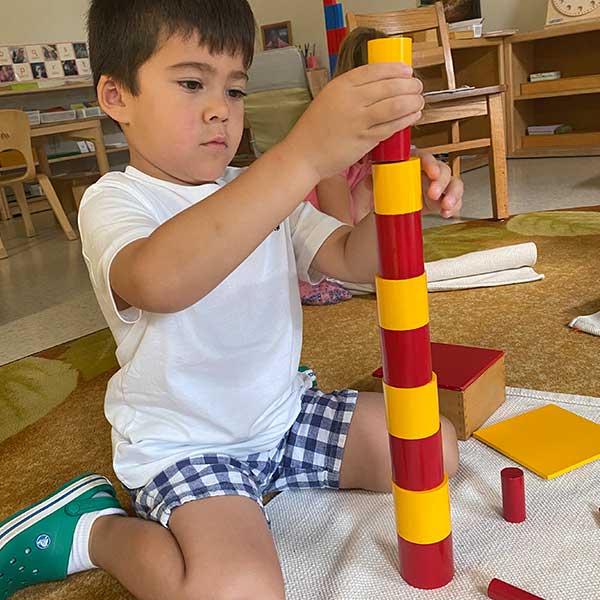
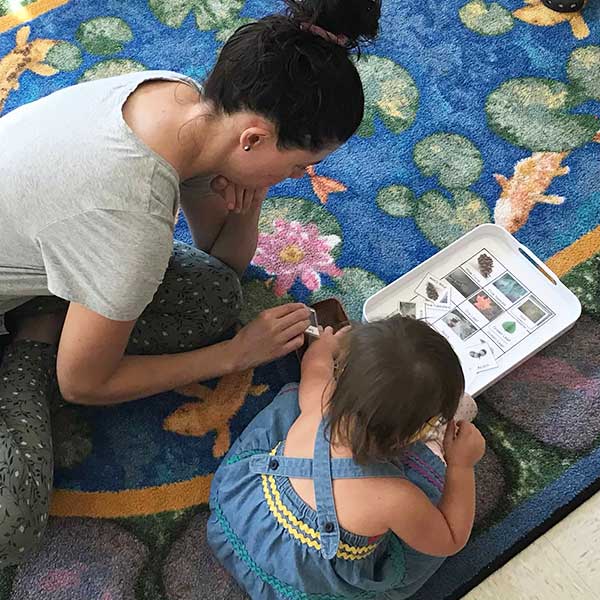
7. What Does The Teacher Do?
The teacher is working with individual children, introducing materials and giving guidance where needed. A primary task is careful observation of each child in order to determine his or her needs and to gain the knowledge needed in preparing the environment to aid each child’s growth.
The method of teaching is indirect, in that it neither imposes upon the child as in direct teaching, nor abandons the child as in a non-directive permissive approach. Rather, the teacher is constantly alert to the direction in which the child has indicated he or she wishes to go, and actively works to help the child achieve his or her goals.
8. What Does It Do For The Child?
Observers of Montessori children have described them as having developed self-discipline, self-knowledge, and independence, as well as enthusiasm for learning, an organized approach to problem solving, and academic skills.
Parents and observers at The Children’s House are constantly amazed at how calm, peaceful and purposeful the children are. They are wowed by their independence, their ability to choose and finish tasks, and their self-responsibility, their careful replacing of the materials when they are finished.
The truth is, a good Montessori education doesn’t just do wonders for your child in preschool. It transforms their future, through every stage of their life, through school, college, and adulthood. The discipline, independence, skills, and self-esteem they develop, are timeless, life-enhancing qualities they will benefit from for their entire lives.
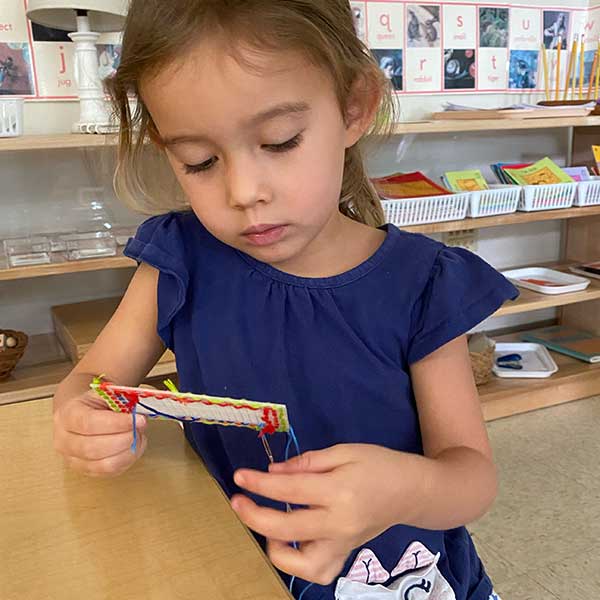
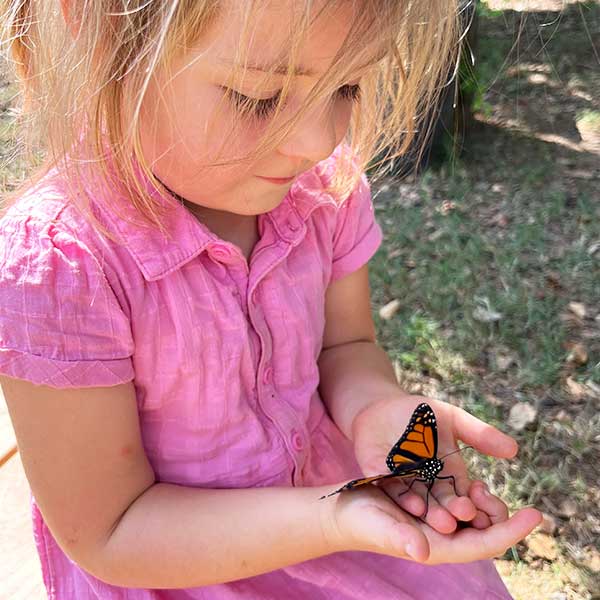
9. What is so important about the early years?
The first period in human development, from birth to age 6, is the time when the child’s character and intelligence are being formed. The child has great creative energies that are being used to develop a mind with the ability to think, understand and remember. This extraordinary power of the child is like a sponge, absorbing information from the environment.
Dr. Maria Montessori named this power the “absorbent mind.” She said, “Impressions do not merely enter his mind; they form it” (Absorbent Mind, 1995). It is the work of the child to build the person that she will become, and the foundation for this important self-construction is formed in the early years.
10. Why a Five Day Program?
It is important to understand, that a Montessori school is a lot more than a traditional preschool.
Benefits of a Five-Day Montessori Program
Preschools (especially traditional ones) typically offer a choice between two-day, three-day, and five-day programs, so parents can choose the option that best fits their schedule and what they feel their child can handle.
At The Children’s House we offer a five-day program for our children because we believe the benefits of a five-day program are overwhelmingly beneficial.
Consistent routine is very important for young children. They know what to expect each weekday. They don’t have to wonder each morning if it’s a school day or an at-home day.
It is important to have a controlled, consistent environment and having the same friends at school each day adds to a child’s sense of security. When a child is absent, children notice it, and ask where their friend is. This is important to establishing our community atmosphere which children thrive in.
All our policies and practices are child-centered. Children love to learn by exploring and deeply concentrating on their chosen activities. We offer them the freedom to repeat those activities without interruption until they master them. This supports a child’s natural learning process.
Additionally, there are so many activities in a Montessori classroom that no child can possibly complete them all in the school year. Imagine how much more learning can be opened up for a child who doesn’t have to limit his or her attendance to three or four days a week!
In fact, we do find that the child who attends 5 days picks up things quicker because of the repetition of doing it 5 days a week.
Thus we believe a five day program is in the best interest of your young child.
